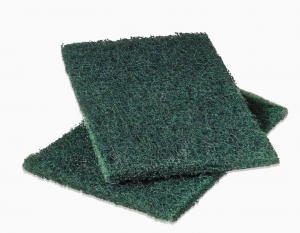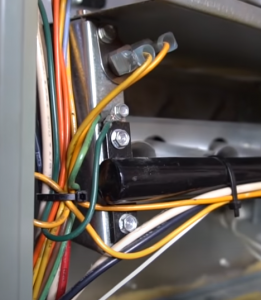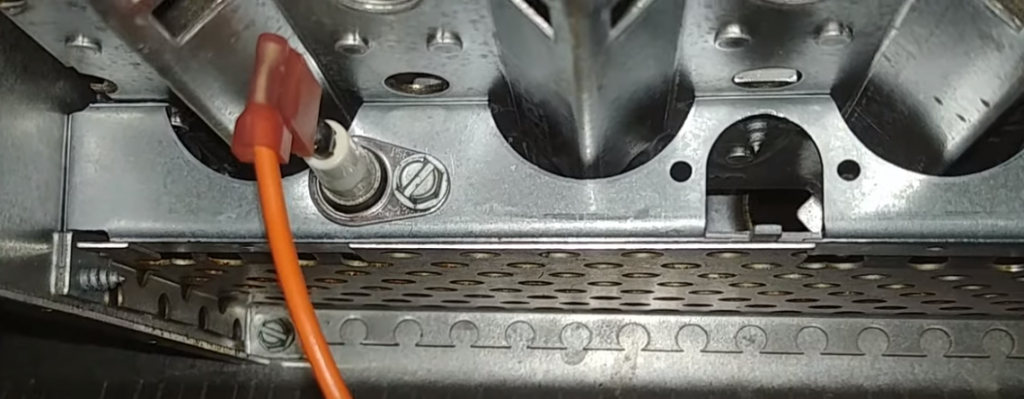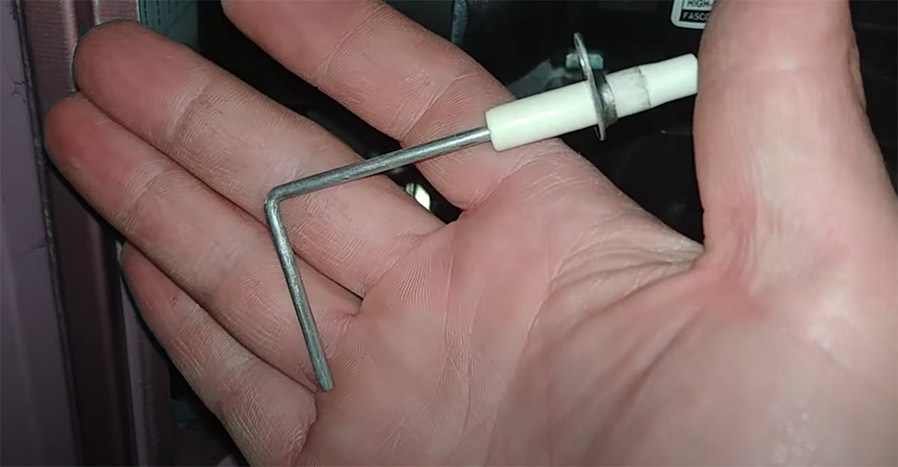Furnace Will Not Stay Lit
Dirty Flame Sensor: A Common Problem for Gas Furnaces
It may seem odd, but one of the most common breakdowns with furnaces are caused by a single source.
Hanna Heating & Air Conditioning has been repairing furnaces since 1983, and so we have seen a lot of different furnace problems. Sometimes a heating system appears to have completely broken down, but can be fixed very simply.
Here’s an example of some of our calls. A homeowner tells us that up until recently, their furnace was working just fine. They heard the gas flowing. You could even hear the burners coming on, but then after a few seconds, the whole furnace shuts right off. It’s a mystery to the homeowner, but one we are happy to solve, usually rather quickly.
The problem is often simply having dirty flame sensor.
 What is a Furnace Flame Sensor?
What is a Furnace Flame Sensor?
A flame sensor a stainless-steel rod that is located behind the burners, usually on the opposite side of the ignitor. It has a ceramic or porcelain cover.
As the name suggests, it senses when there is a flame. But more importantly, a flame sensor tells your furnace to keep sending the gas to keep your furnace going.
Not every furnace has a flame sensor. If your furnace has a spark ignitor and not a flame sensor rod, then that ignitor is acting as a sensor.
HOW IT WORKS:
The control board sends electricity to the flame sensor. The rod carries the ignition flame to the burner face. Once the current gets to it, that is sensed by the furnace’s control board.
It tells the gas valve to stay open, allowing the furnace to continue heating your home. But if the control board is not getting the signal that a current is flowing to the burners, the gas valve will shut off and so will your heat.
Troubleshooting Steps
A flame sensor will get dirty over time. If it gets too dirty with too much build-up, your furnace will stop sensing the flame. Fortunately, cleaning it is relatively easy and can often be done by the homeowner themselves. Most sensors are easily accessible.
Make sure you turn off your furnace power switch. Make sure you turn off your furnace power switch. You should be able to easily remove the sensor with just a screwdriver.
DO NOT use a wrench. Putting a wrench on the ceramic or porcelain cover can cause it to crack.
DO NOT touch it with your finger. The natural oils on your hands will stay on the flame sensor and can cause it to get even dirtier.

DO NOT use anything harsher to clean it like sandpaper. You can actually use a dollar bill. Just fold it over the rod. Tightly grip over it and rub it back and forth until you remove the build-up and it becomes somewhat shiny.
If you are dealing with a flame sensor issue, you may also encounter another problem. You may find that your furnace just gives up working completely. This happens because of a function many furnaces are programmed with.
If the control board senses that ignition attempts have failed five times in a row, it may automatically shut the furnace down, what is sometimes called a “soft lockout.” This is a protective and safety measure. When that happens, your furnace will do nothing for a few hours.
Fortunately, if you believe the issue isn’t a safety risk, you can reset the furnace to bypass this wait. Simply turn off the furnace power switch and wait 5-10 seconds before turning back on. Your furnace should quickly go back to functioning and attempt to turn on.
When to Clean or Replace the Sensor
It is a very rare situation that a flame sensor will ever need to be replaced. No matter how dirty it is, just about every sensor can be cleaned back to working order. However, these aren’t expensive parts. You may find the effort to clean a very dirty sensor isn’t worth the work, and replacing it is preferred.
If you purchase a new flame sensor, make sure to get the right kind. There are different shapes of flame sensors, some bent and others are straight, so be sure to get the correct shape for your furnace.
When Cleaning the Flame Sensor Is Not Enough
If cleaning the sensor doesn’t fix the problem, you can clean the burner face as well.
To clean those, remove the front plate of the burners. This is usually easy to remove as it often only requires removing a couple of screws. Be careful to not bump the ignitor, which is fragile and could become damaged from the oils on your fingers.
The burners should easily pop out individually. While you can check all of them, most likely the one that would have an issue is the one that’s closest to the flame sensor.
Look at the back at the burner’s base. It may have just a little bit of build-up or completely dark with rust and corrosion. Clean it with a brass brush, sandpaper, steel wool or a Scotch-Brite pad then slide it back into place.
This next section is an area of troubleshooting that may be beyond your ability or skill. With any advice on HVAC maintenance and repair, be sure you follow all safety procedures including shutting off power and electricity when needed. When in doubt, call an HVAC professional. Our heating system repair technicians can always be called upon to handle these sorts of furnace problems. Call Hanna for a safe and reliable repair at (316) 945-3481.
Electronic Issues that Cause Furnace Ignition Problems
The control board in your furnace sends about 90 volts to the flame sensor. So if you are not dealing with a dirty sensor, the problem could be an electric one.

You can also check for a loose or broken ground. You may find that the wire is loose or completely broken off. You can make sure it is properly grounded by powering down the furnace and then taking an ohm reading.
You should read just a few ohms maximum of total resistance. The lower the reading, the better it is grounded.
Contact Hanna Heating & Air Conditioning to handle whatever furnace repair or service you need. With 3 generations of service to the greater Wichita area, you can rely on our team of highly trained and experienced HVAC technicians to get the job done safely, professionally, and quickly.


 What is a Furnace Flame Sensor?
What is a Furnace Flame Sensor?

Add Comment